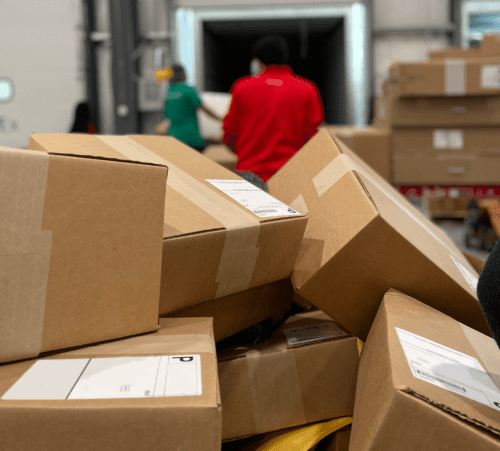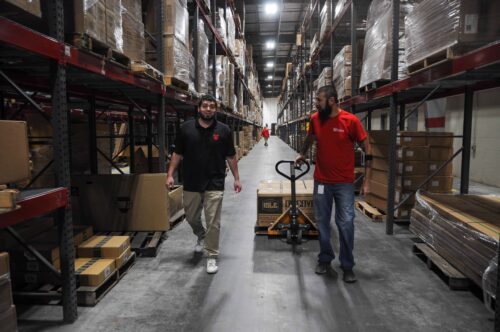Which is better? Floor loading vs palletizing? Many ecommerce companies don’t get involved in the taskwork of loading and unloading shipping containers. That’s one of the benefits of outsourcing fulfillment to a 3PL, but the decision between using floor loaded shipments vs palletized containers can impact cost and speed.
Here, we’ll explore what you need to know about palletized and floor loaded container shipping to decide which is right for you.
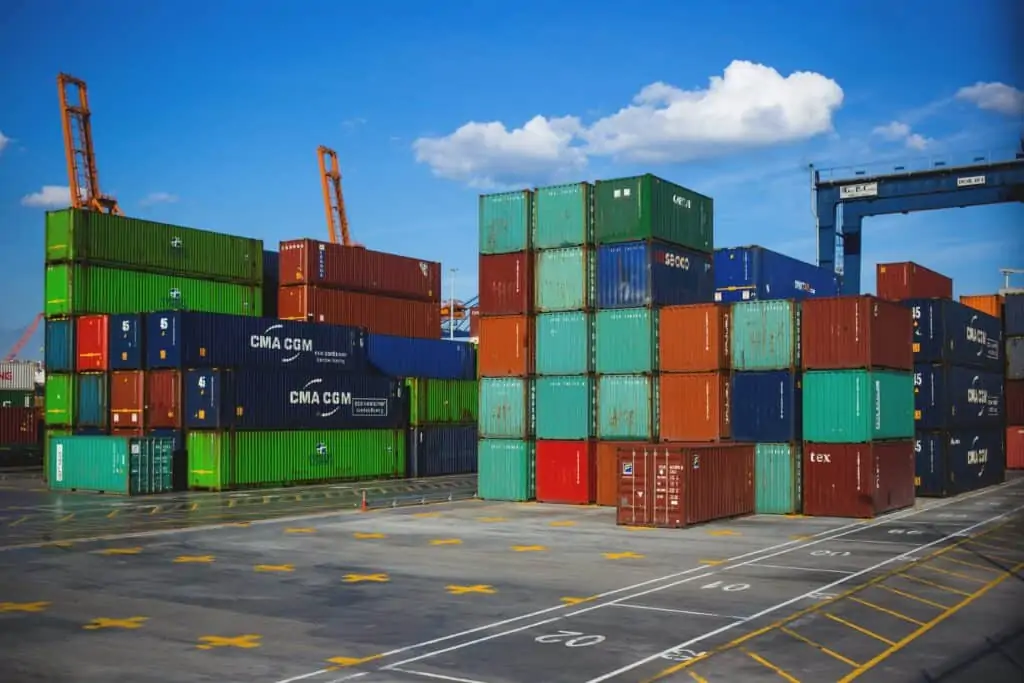
What is a floor loaded container?
A floor loaded container is one where the contents are loaded directly onto the floor of a shipping container.
This packing method, also called floor stacking, involves strategically arranging items within the container, using every available inch of space to accommodate more products than other loading techniques might allow.
A floor loaded trailer may be the right method for bulky or irregularly shaped items that may not fit on pallets. Examples include furniture, appliances, outdoor equipment and others.
By understanding floor loading meaning and application, you can work with your 3PL or warehouse teams to optimize loading.
What is a palletized container?
A palletized container refers to a shipping container that is loaded with items on pallets. This is how a majority of items are shipped globally and across the U.S.
Pallets are flat, typically wooden structures with both a top and bottom deck, designed to support goods during storage and transportation.
They come in standard sizes for stacking during handling, storage, and transportation.
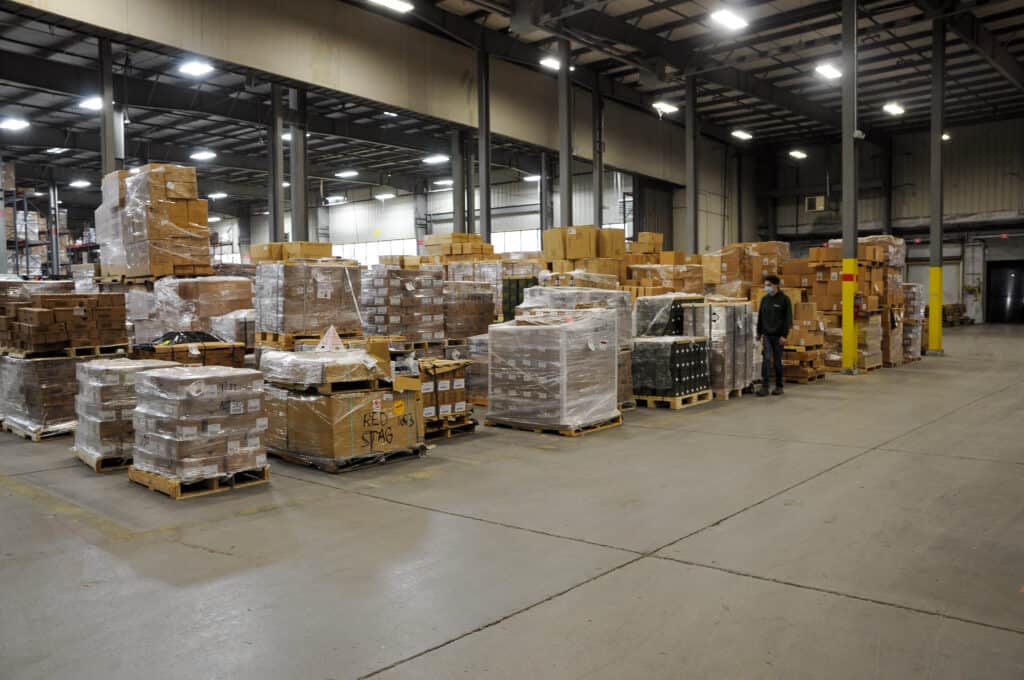
Floor loaded freight, pros and cons
Pros
A floor loaded truck may help reduce freight shipping costs in instances where products can be tightly packed and efficiently organized on their own.
Because you fill the entire container with products, you’re not paying to ship pallets. This may help you save money by requiring fewer containers to send the same amount of product.
Cons
However, floor loading doesn’t work for all products. Anything fragile or delicate should not be floor loaded because there’s too great a chance of damage in shipping. These products should be packaged and palletized to prevent damage.
Some products, such as certain furniture items, boxed appliances, mechanical parts, and building materials, may arrive floor loaded, meaning they’re tightly packed into a loaded container. Floor loaded tires may also be common.
At the same time, consider that a floor loaded truck takes longer to load and unload, so receiving and logging stock into inventory may lag, too. You may also have extra labor costs.
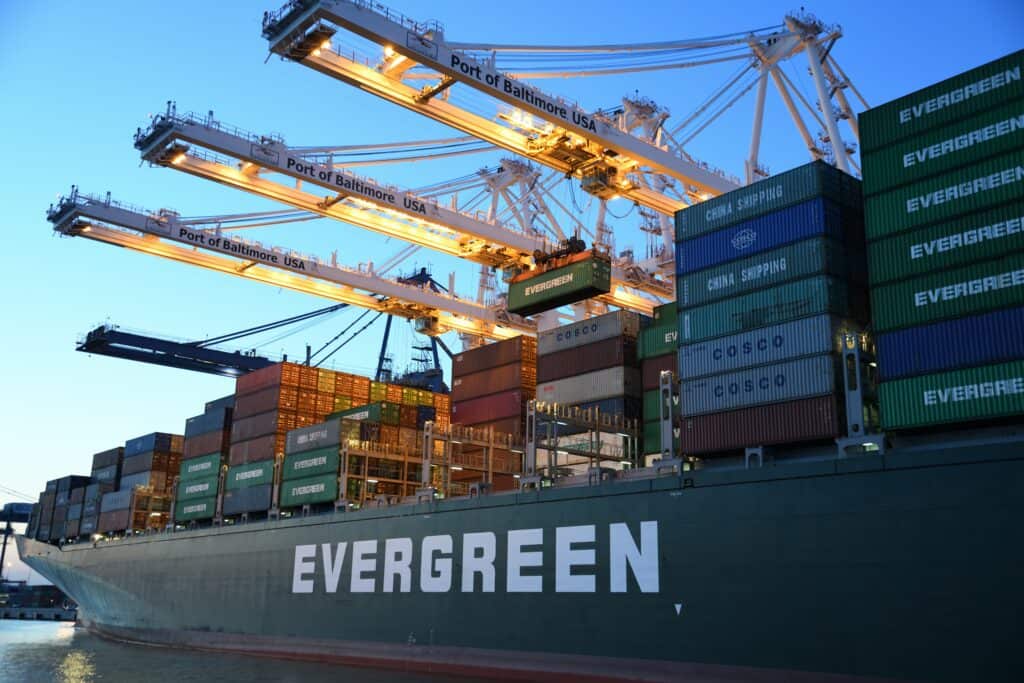
Floor loaded freight best practices
Like any kind of shipment, a floor loaded container requires thoughtful packing.
- Floor loading doesn’t involve strapping or plastic wrapping like pallets do, but containers usually employ metal straps or bars to hold items in place. That’s because shifting during shipping can damage your products.
- Even weight distribution from side to side can help ensure faster, easier loading and unloading and may help reduce carrier fuel costs, which impact shipping rates.
- For mixed shipments with items of different weights, put heavier items on the bottom.
- Some large shippers use floor loading freight optimization software to help them create loads that fit tightly in the container and reduce the chance of damaged items or overweight container charges.
Best practices may need to be tweaked, depending on your products, but when done right, a floor loaded container can be a money-saver for volume shippers.
Amazon FBA and floor loading
If you use Fulfillment by Amazon for your order fulfillment, you may want to ensure your packing and shipping partners use pallets.
Amazon has a strong preference for palletized shipments but will accept floor loaded containers. However, FBA places numerous restrictions on floor loading, and you risk having a floor loaded shipment refused if it doesn’t meet FBA requirements.
Additionally, floor loaded cargo containers may take longer to unload, which may lead to extra charges.
Palletized container, pros and cons
Pros
Pallets are the most common unit for shipping freight across the U.S. and around the world. That’s because they help protect items and provide standardization for efficient loading.
Palletization turns a set of smaller boxes into one large unit that’s stronger than each box on its own. This makes it a secure way to load a freight shipment. Items are additionally protected by shrink wrap and sometimes by corner protectors.
Pallets may also protect your shipment in transit from water damage. If water gets into a container, it may create condensation that drips from the ceiling and creates what’s known as container rain. Items may have a better chance of avoiding damage if they’re palletized because they’re shrink-wrapped and raised off the ground.
And because pallets come in standard sizes, it’s easy to load and unload trucks. You don’t need loading optimization software. You can just stack them in and remove them from the truck, whether you use full-truckload (FTL) or less-than-truckload (LTL) services.
Palletized shipping also means warehouse workers can move more items around the warehouse faster, too.
Cons
On the other hand, standardization may come at the expense of flexibility. Pallets are designed to fit most trucks as efficiently as possible, but sometimes you don’t get an exact fit. This could decrease your container utilization rates. At scale, that could impact landed cost.
Palletization also requires additional materials, like infill, corner protection, and shrink wrap. These may increase your fulfillment costs.

Palletizing best practices
Some of the best practices for floor loaded delivery apply to palletization, too. Keeping heavy items on the bottom and distributing weight evenly side to side helps protect them.
Additionally, you can mix items on pallets to help keep loads from crushing or pancaking.
Here are some other best practices for packing a pallet for a freight shipment:
- Keep the footprint of each pallet load within the pallet edges. Anything that sticks out may get damaged and damage other items.
- Stack your items close together, building a square load and leaving as little space between boxes as possible.
- Center boxes over the gaps between the boards in the pallet so they don’t tip or slip.
- Don’t include empty boxes. These can collapse and endanger the whole load. If you need an extra box to fill out your shape, pack it tightly with infill.
- Wrap your load securely with plastic. This turns the palletized load from a collection of loose boxes into a single unit that can survive a long journey without damage.
These practices reduce the risk of miscounts, shortages, damages, and other loss.
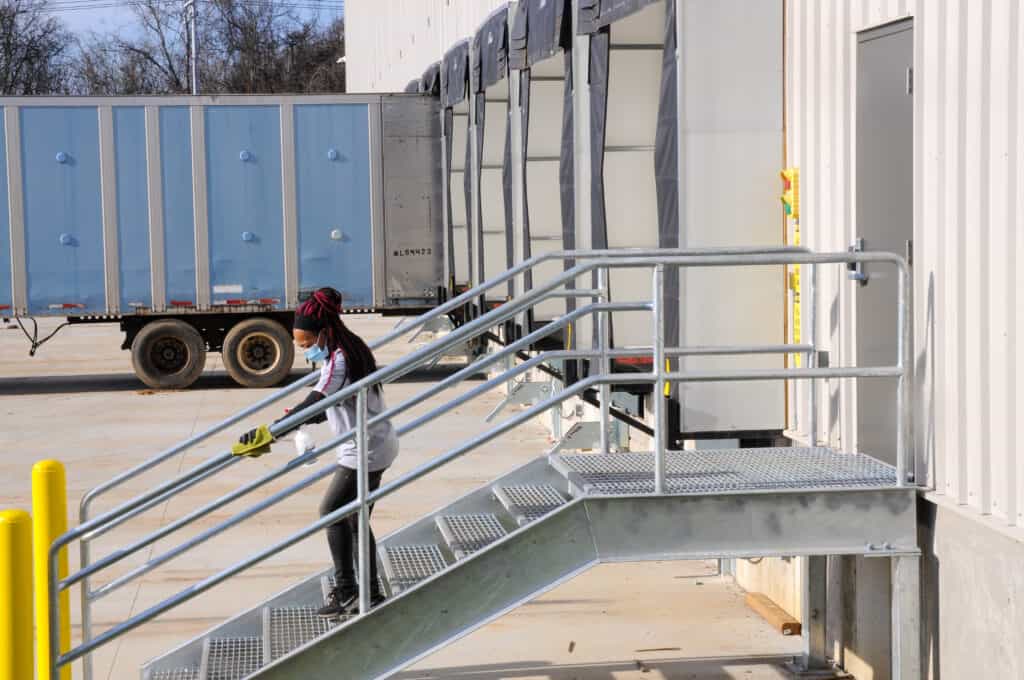
Floor loading vs. pallets deciding factors
There are times when one type of loading is more optimal than the other. Let’s review.
When to choose pallets
When considering floor loaded versus palletized shipping options, palletizing is the right choice for ecommerce shipping by freight in most circumstances.
This lets your 3PL process your inbound shipments more quickly without add-on processing charges. Your items will be secure, even on multi-modal journeys where pallets are transferred from ship to rail to truck.
When to choose floor loaded containers
There are other times when floor loaded containers are the best choice.
Here are some of the reasons you might choose a floor loaded container:
- Items are large or bulky and durable. These items are typically floor loaded to help with streamlined loading and unloading. Some of these items won’t fit on pallets or forklifts, anyway.
- Certain market conditions, like container space constraints and high shipping rates, may mean it’s more financially favorable to fill a container completely, even if labor costs are higher for loading and unloading.
- Some items aren’t easily boxed. While many unusually shaped items can fit on a pallet, there may be some that require more labor upstream when packing, shifting the equation so that floor loading is the better option.
Shipping items by floor loaded container may require a 3PL with specialized equipment to load and unload large or heavy items manually.

Get help with your floor load needs
Have large and heavy items that need to ship by floor loading? Red Stag Fulfillment can help. We work with all kinds of businesses and offer specialization in shipping oversized items accurately and on time.
With established processes for loading and unloading, plus strong carrier relationships, we’re ready to help you streamline order fulfillment.
Services are backed by our 100% accuracy and 0% shrinkage guarantees. If we make mistakes, we make them right—and pay you an additional $50 to make up for the inconvenience.






